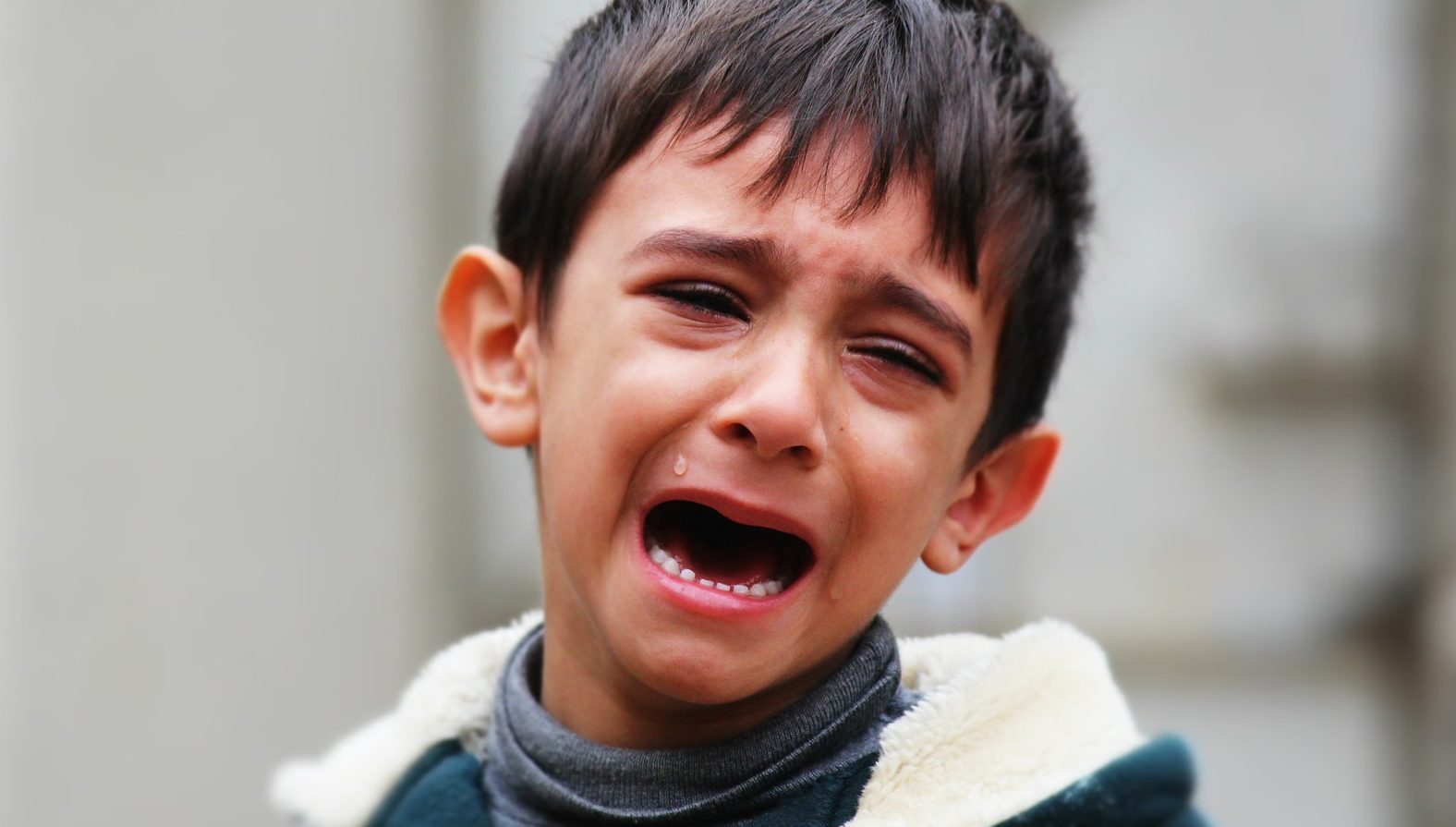Like adults, children also experience complex feelings, such as frustration, excitement, nervousness, sadness, jealously, anger, embarrassment, etc. But kids mostly fail to pick the right vocabulary to express their feelings. Instead they choose facial expressions, body language and behavior In order to communicate. And at times the means they use to convey their message is inappropriate and problematic.
Hence, children need to be taught how to mange their feelings in a positive and constructive way. Because, a child who learns to mange his/her feelings at an early age, is able to adopt a positive and healthy attitude later in life.
1. Identifying cues
As children mostly fail to select the right medium to express their feelings, it leads to emotional outburst or problematic behavior, thus making it difficult for the parent to identify the exact feeling. In such case, the best thing to do is to simply tune in to your child’s emotions by looking at their body language and patiently listening to what they are trying to say and carefully observing their behavior.
2. Name the feeling
Behind every single behavior of a child, there is a hidden feeling. As a parent, it is our duty to understand the feeing and help them out by naming those feelings appropriately. For instance, “Mamma has to go out for work and you are SAD to say bye”. “You are ANGRY that your sister broke your favorite toy”. Like this, the children learn to identify their emotions and it helps to build their vocabulary regarding their feelings.
3. Offer a nurturing connection
When children are soothed by their parents, they tend to feel an instant connection that helps the child to regulate and deal with their emotions. Thus, whenever the child is upset or overwhelmed, the best thing we, as a parent, can do is to reconnect with our child. This also helps the parent to view things from a child’s perspective and understand the reason behind their meltdown thereby allowing to respond accordingly.
4. Praise Often
Praising a child every time he/she tries to communicate the feelings, gives the message that the right thing has been done and you are proud of your child for taking this step.The more positive reinforcements a child gets, the faster the child learns to be more expressive.
5. Be a role model
Children learn from their external environment. They tend to observe and learn from the elders around them. Like wise children also learn about feelings and how to express them appropriately by watching others. Show your child how you’re feeling about various situations and how you mange to deal with those feelings.
The early years are crucial for overall development and a child goes through a lot of emotional complexities during this journey. Next time, when your child throws a tantrum, try to be a little more patient and compassionate towards them and follow this simple steps.

